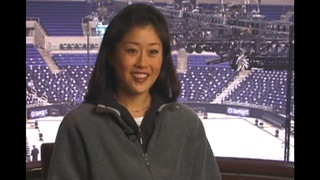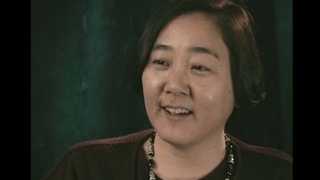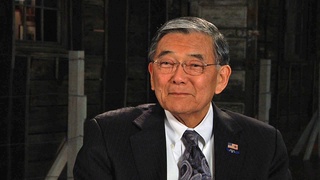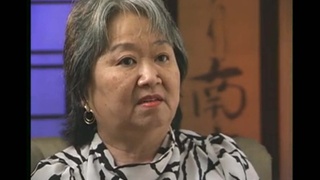Interviews
Formula for Freedom
There’s a lot of things going on at that time, and so I wanted to put it in context, ‘cause if you look at V.C [Visual Communications] by itself, you say “oh these guys really did some different things,” but if you look at it within a context of the early 60s, late 60s, early 70s, you see the whole, it was a whole movement, cultural change movement along with the political parts....If you came through the ‘50s and into the ‘60s, you picked up a lot of baggage, negative baggage, about who we are, who are Asian Americans, who are quote orientals. So I think that’s the unique part of the beginning of V.C.…
I think what was different about V.C…First off, is that we were not in film school, we were not learning media to, as art, as self expression, as experimenting with visual forms. That was not our, where we began with. We really began with the idea of recapturing our past and presenting our past.
And I think, this is very important, our audience was really our own communities…It wasn’t about art, it wasn’t about self expression, it wasn’t even about breaking stereotypes to the majority society. We wanted to break stereotypes to ourselves.
Date: August 16, 2011
Location: California, US
Interviewer: Alexa Kim
Contributed by: Watase Media Arts Center, Japanese American National Museum
Explore More Videos


Japanese Americans are more aware of their Hapa identity
(b. 1965) filmmaker and artist






Peru Shimpo for the Nikkei community (Spanish)
(b. 1937) Professional journalist

Support from the Japanese American community
(b.1971) Professional figure skater and Olympic gold medalist.

Heightened awareness of identity as a Japanese American
(b. 1955) Lawyer

Reasons for conformity and competitiveness in Gardena, California
(b. 1946) Lawyer

How he got into politics
(b. 1931) U.S. Former Secretary of Transportation



